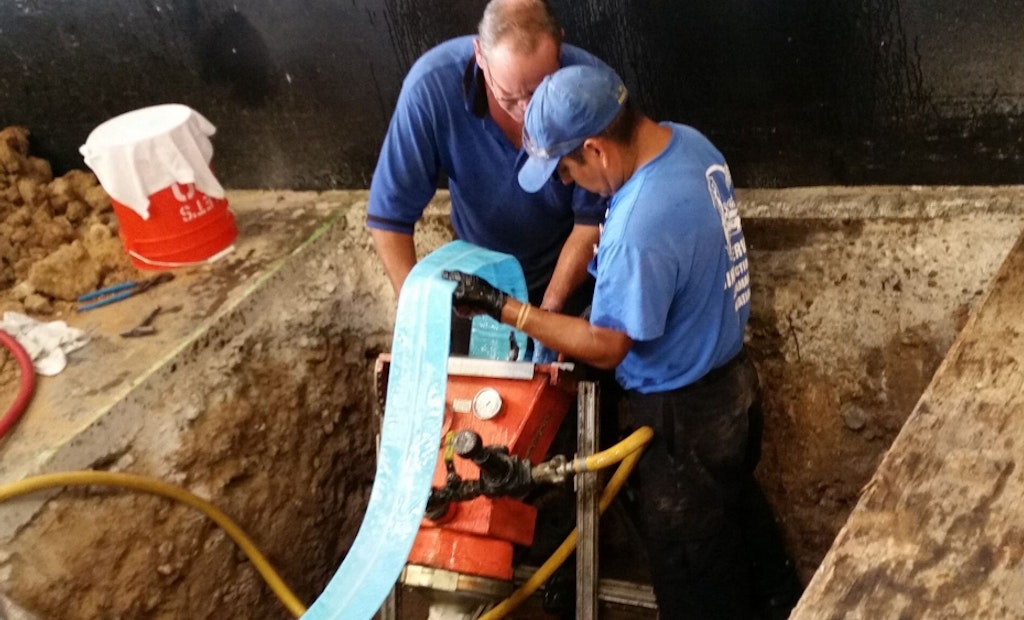Interested in Cleaning?
Get Cleaning articles, news and videos right in your inbox! Sign up now.
Cleaning + Get Alerts“I’ve read your blogs and you often refer to pre-liner. I’m still unclear when to use it and what to use. Can you clarify this issue?”
Many contractors are still worried that unless the liner sticks to the wall of the host pipe, you won’t have a good liner. If you were trying to rehabilitate a partially deteriorated pipe, this assumption may be true, as you are filling in nonstructural defects with material that removes those defects. I’ve previously discussed partially deteriorated pipe vs. fully deteriorated pipe.
In the event you are not using a partially deteriorated design, keep in mind that the materials most suppliers provide assume that the pipe is fully deteriorated. In that case, we don’t care about resin sticking to the host pipe, nor do we care what the future holds for the original host pipe. All we’re looking for is a form for casting our new liner into so that it will create a new fully structural stand-alone pipe. If we approach our repair this way, a pre-liner is the form that we’re using to cast our liner.
With those issues defined, let’s look at when to use a pre-liner. The most common use for pre-liner is to prevent water that may be infiltrating the host pipe from washing away the resin before it is cured. Ever notice water coming in after you’ve swabbed it out? This is infiltration, and depending on how much is coming in, as well as how fast and under what pressure, the water may wash away the resin. A pre-liner ensures any water is dispersed away from the resin. If groundwater is present — or at least suspected if not evident — use a pre-liner.
The second most common use of a pre-liner is for pipe that has missing sections. Most often the missing section of pipe is the bottom of cast iron that’s been eaten away. By installing a pre-liner, you will ensure that the new liner will retain a round shape. Sometimes portions of cracked clay pipe are missing or the entire pipe is gone, so a pre-liner is needed as a form.
Another application of pre-liner is to ensure that the pipe can be lined. Have you ever found a test wye put in backward to the flow during construction for testing a lateral and it was left there? When a liner comes up to the wye, it doesn’t know which way to go and may stop. Any time you are not sure whether your liner will negotiate the pipe, a pre-liner shot in advance will tell you whether the liner will go or not. If the pre-liner goes through, leave it there and line through it. It’s a good bet the liner will follow the pre-liner successfully.
Finally, a pre-liner may help keep resin from running up a tie-in. When you see 2 to 3 inches of resin cured in a tie-in that you have to chew out to reinstate the lateral, you’ll wish you had used a pre-liner.
One other benefit of a pre-liner is cost. You can salvage old used calibration tubes and use them as pre-liners. Salvage them from current jobs, measure what you salvaged, roll them up, and mark the length on the outside of the roll. When you need that length for a job, you have it in your hands and your cost is zero.
So there you go. You can use a pre-liner when you need to and it won’t hurt your job even if the liner isn’t sticking to the wall of the host pipe.
About the author
John Heisler is the owner of Pipe Lining Supply and Quik-Lining Systems Inc. He has 20 years of experience in the CIPP lining industry and over 40 years in the underground construction industry.






